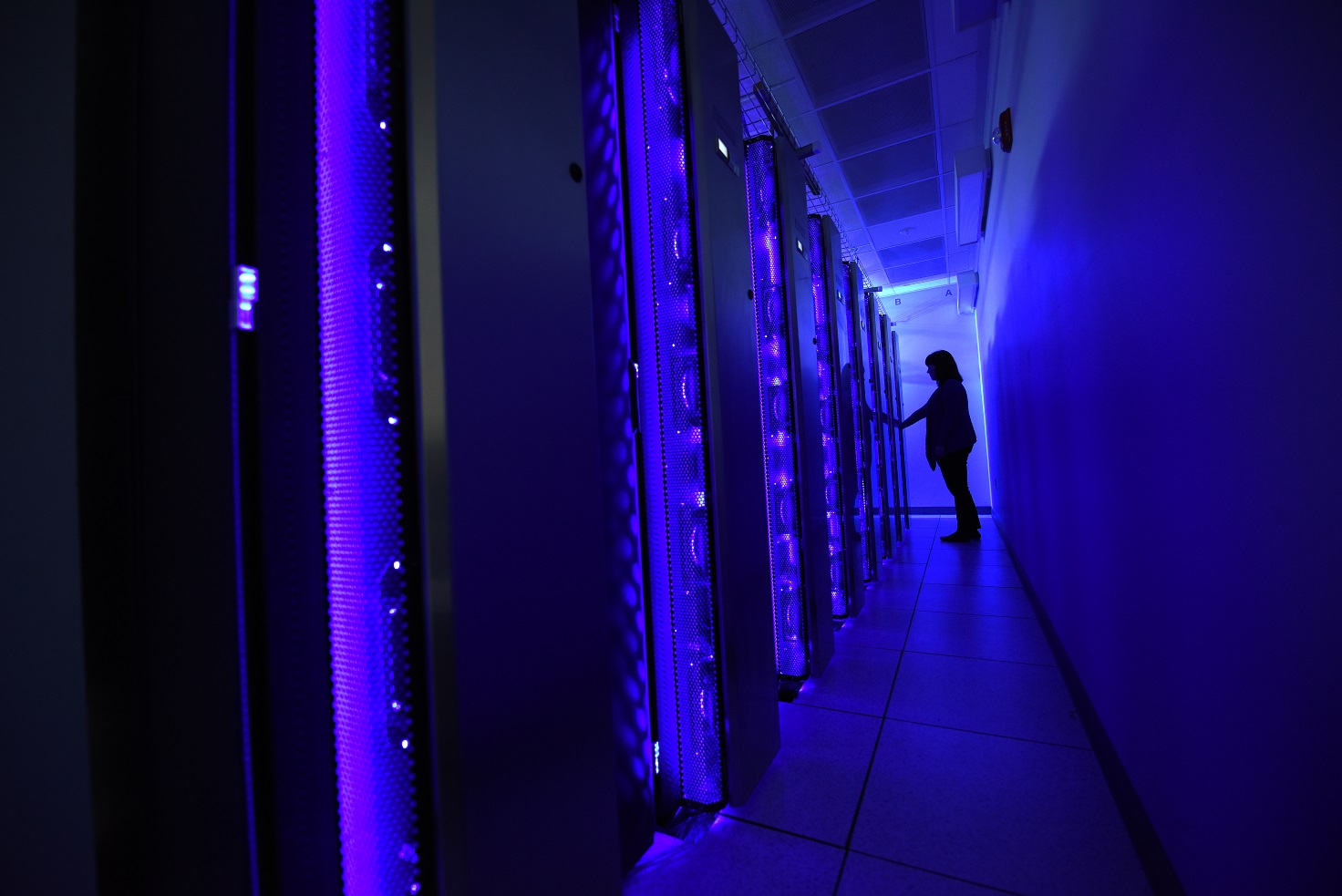Today, Mars is cold and dry with only a thin wisp of an atmosphere, but 3.5 billion years ago, the Red Planet was likely a warm, wet world not too dissimilar from Earth.
As evidence, researchers point to geological features that look like dry riverbeds and minerals such as clay that form only in the presence of liquid water.
Recently, Meghan Fisher found one more clue suggesting that Mars once had an atmosphere capable of supporting life.
Fisher, a Ph.D. student in geoscience at Idaho State University, used a powerful supercomputer at Idaho National Laboratory to analyze the aftermath of Martian volcanic eruptions. Mars, now quiet, once hosted the largest active volcanoes in the solar system.
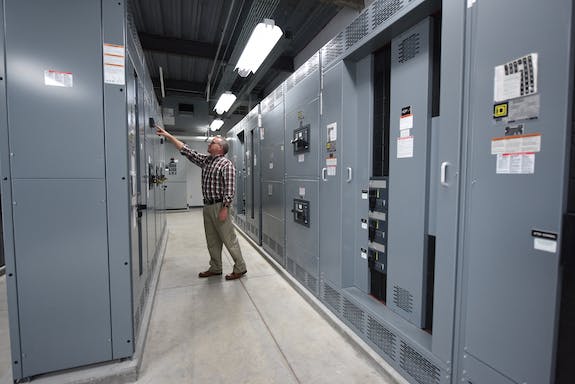
Simulations on INL’s Falcon supercomputer
Fisher ran roughly 750 simulations of these ancient eruptions on INL’s Falcon—a supercomputer with 35,000 computer processor cores.
She found that ash plumes, the debris ejected from a volcano during an eruption, likely traveled between 55 and 80 kilometers into the Martian atmosphere before falling back to the surface. Today, satellites orbiting the planet can identify deposits left behind from those ash plumes.
On Earth, similar volcanic eruptions rise to about 50 km. Fisher’s findings give credence to the idea that a thick atmosphere once blanketed Mars.
“The hypothesis is that volcanism helped inject gases like hydrogen into the atmosphere, which can make the atmosphere warmer,” Fisher said. “The volcanism looks remarkably similar to Earth conditions.”
Fisher is one of dozens of students from Idaho’s three universities—Boise State University, Idaho State University and the University of Idaho—who have accessed INL’s computing capabilities to model everything from materials science to complex hydrological systems to large-scale molecular dynamics.
Collaborative Computing Center
In the fall, the completion of INL’s 64,000-square-foot Collaborative Computing Center (C3) will allow more students like Fisher the chance to tackle research on a supercomputer.
C3 will host Sawtooth, a supercomputer five times faster than Falcon with approximately 100,000 computer processor cores. When Sawtooth is deployed, it’ll be one of the 100 fastest supercomputers in the world.
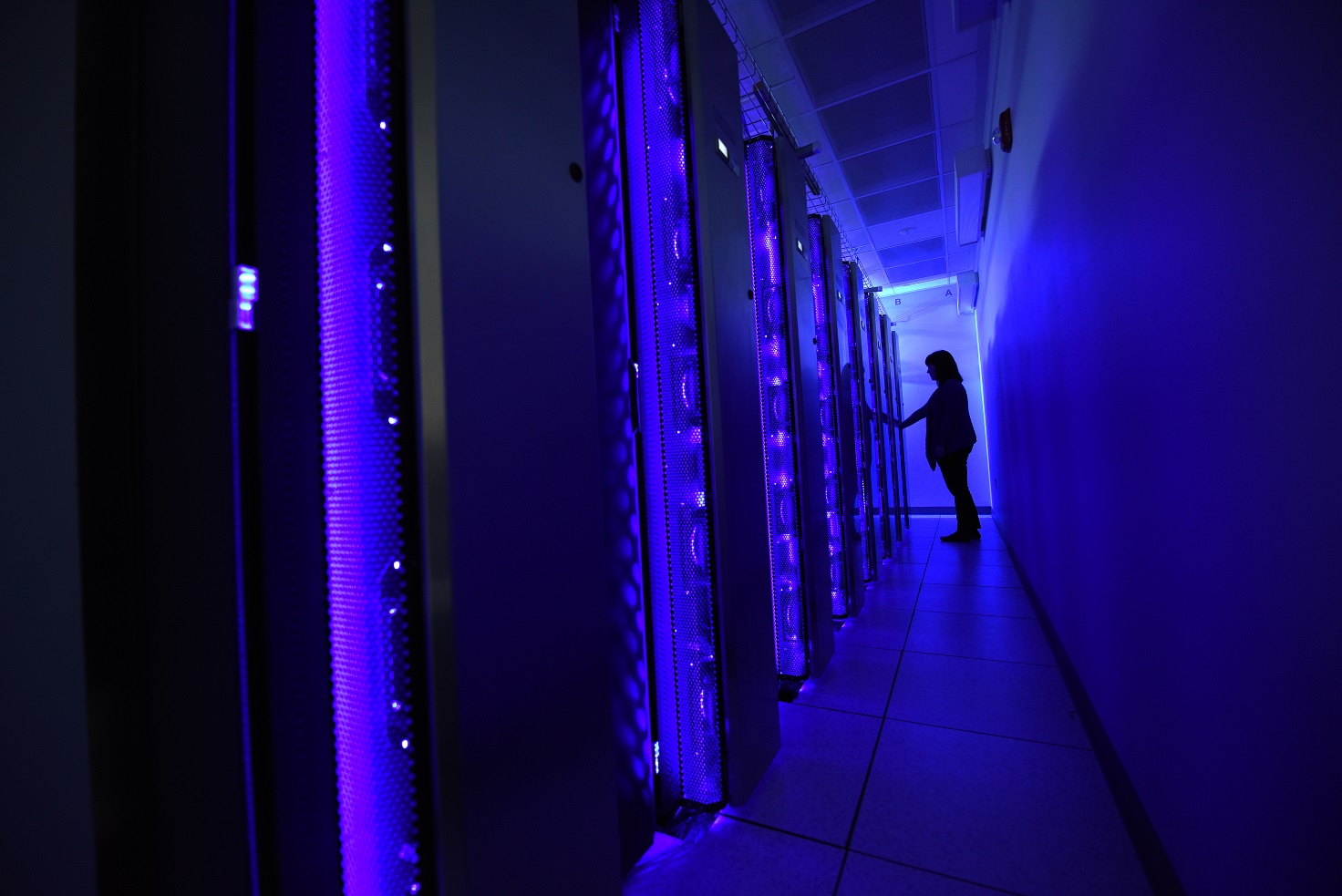
Via the Idaho Regional Optical Network (IRON), an ultra-high-speed fiber optic network, Idaho’s three research universities will provide access to INL’s supercomputers right from campus, making C3 a hub for modeling and simulation for the students, faculty and their collaborators around the world.
Giving students access to INL’s high performance computing capabilities provides multiple advantages, said Steve Cutchin, director of Boise State University’s research computing department.
“They learn how to become better computational scientists,” Cutchin said. “They get comfortable tackling problems at scale. As they work through this problem, they’re forced to have a better understanding of the underlying science.”
And, since computational science typically requires people from several different disciplines to solve a problem, the students learn how to become part of a team.
“They need people who can handle the computing part of it,” Cutchin said. “They get very well trained at contributing to these science teams. Post-graduation, it can open up a lot of opportunities to them.”
For the universities, access to C3 will help recruit talented students, graduate students and faculty.
Collaborations between INL scientists and Idaho universities
Lan Li, an associate professor at Boise State’s Micron School of Materials Science and Engineering, leads a group that uses INL’s high performance computing facilities to solve problems in materials science.
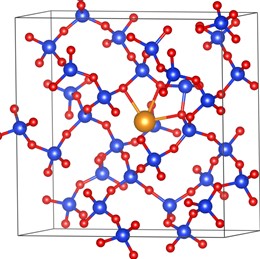
Li is collaborating with INL scientists on two different projects: one involving instrumentation development for nuclear reactors and the other studying the impacts of microstructure, defects and interfacial chemistry on carbon reactivity, which is important for a variety of energy applications. Li has used Falcon to conduct the projects.
The strong partnership between INL’s high performance computer department and Boise State means that Li and her students can move forward with important projects without the usual red tape.
Typically, getting access to high performance computers is “a very complicated and competitive process, and the computational time they issue you is very limited,” Li said. “Access to INL systems reduces those barriers. That saves us a lot of time and makes our work much easier.”
Fisher agreed, saying access to INL’s high performance computers was essential to her Martian volcano project. “I don’t know how it would have happened without Falcon,” she said. “Knowing that you have access to that resource makes it easier to get grants. You can tell reviewers ‘I already have computing time, so you don’t have to worry about that.’”
An investment in Idaho’s students
For INL, the investment in Idaho’s students makes a lot of sense, says Eric Whiting, the laboratory’s Advanced Scientific Computing director. “Success in our field is probably as much about people as anything else,” he said. “We’re interested in developing a strong workforce that understands computer modeling and simulation.”
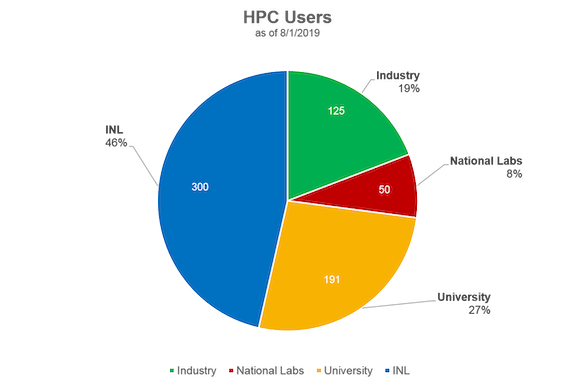
Furthermore, researchers like Li oftentimes provide support and insight for important INL projects. “University collaborators are important to our mission,” Whiting said. “They’re often partners on projects that we do jointly.”
When the new C3 building is complete, Whiting says these types of collaborations should be much easier thanks office space that’s set aside for people from the Idaho universities “so they can come and interact with us and we can interact with them,” he said.
“It floats all the boats,” Whiting continued. “Computing work in collaboration with universities supports our joint research missions. We draw a lot of our employees from the Idaho universities. Some of the students that are running code today, they’ll come here and work with us on improving nuclear fuel and designing new energy systems.”
As for Fisher, her experience with Falcon has inspired her to seek a career in high performance computing. During a stint in Ireland, she worked on data processing libraries for geophysicists. “I really enjoyed that,” she said. “It’s exciting to contribute to these projects so that they can do their work faster.”
Learn more about C3: https://inl.gov/article/new-inl-computing-facilities-an-investment-in-idahos-future/
Learn more about INL’s supercomputing resources: https://inl.gov/article/new-idaho-supercomputer-enhances-nuclear-reactor-simulations/

